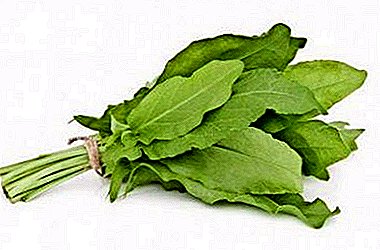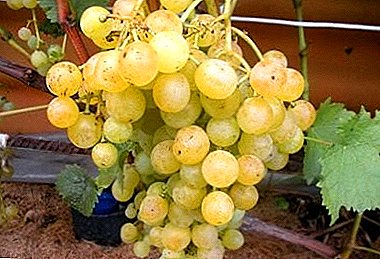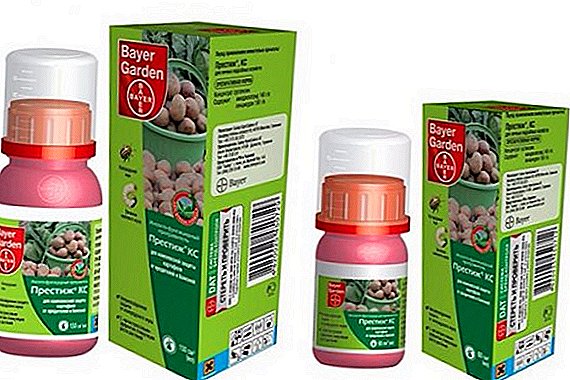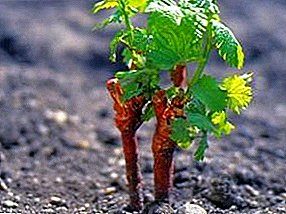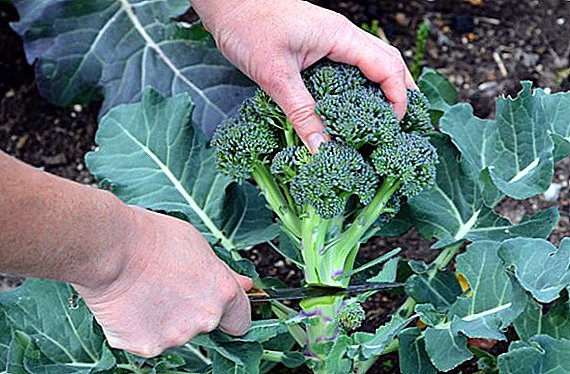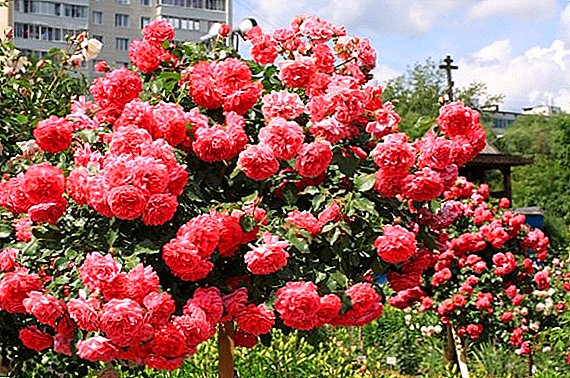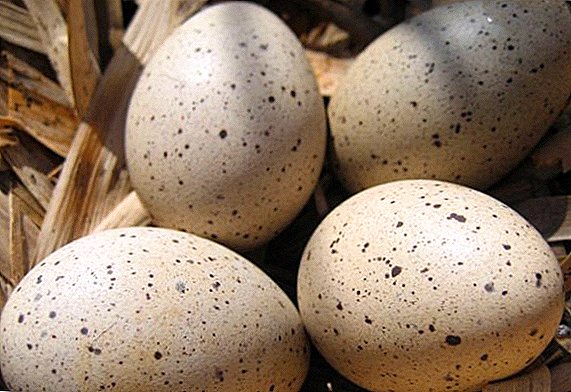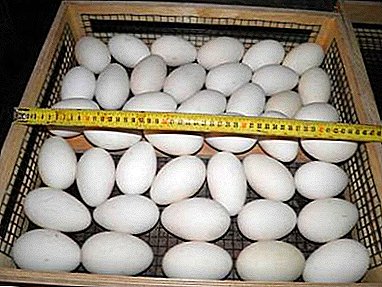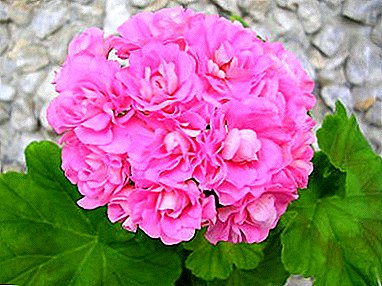
Rosebud pelargoniums are one of the most prominent representatives of this elegant flower family.
The most popular variety among flower growers is Avtralian. He is absolutely not picky in care, and his bright and fragrant flowers will not leave anyone indifferent.
In this article, you will learn how to properly care for, plant and propagate this amazing variety of pelargonium.
Botanical description, history and cost
Pelargonium Australian Pink Rosebud is an unpretentious crop that can be grown at home in a pot or planted in open ground. Flowering lasts throughout the summer, and with the onset of autumn, the bush must be dug, cut and placed in a cool room, where the temperature will be 12-14 degrees.
In the flower shop you can buy shortened cuttings of pelargonium Avtralian at the price of 50 rubles for one piece, as well as an adult bush - for 250 rubles per piece.
Description of appearance and features
 The flower is distinguished by impressive buds consisting of double flowers.. There are so many of them that their petals cannot open up fully. In addition to flowers, the bush has beautiful ornamental leaves, which have a bright green color, and a contrast border runs along the carved edge.
The flower is distinguished by impressive buds consisting of double flowers.. There are so many of them that their petals cannot open up fully. In addition to flowers, the bush has beautiful ornamental leaves, which have a bright green color, and a contrast border runs along the carved edge.
Pelargonium Avtralian is a shrub whose height is 0.6-0.8 and. It has dense and drooping leaves, as well as inflorescences firmly seated on the peduncles. Petals have a soft pink color.
You can learn more about the Australian Pink Pelargonium Rosebud in this video:
Where and how to plant?
Before planting a plant, you must perform a series of preparatory actions.:
- prepare material for planting;
- choose a place for landing;
- equip pit for planting.
Lighting and location
When growing pelargonium Avtralian it is necessary to choose a well-lit place. Only then will the bush bloom profusely.
If the area has a lot of direct sunlight, the color of the flowers will be bright. If you grow a plant at home, it is best to choose windowsills south.
Since Pelargonium Avtralian belongs to heat-loving crops, then the landing site must be protected from wind and drafts. The site should not be stagnant water, as the plant's root system starts to rot from over-wetting.
The landing process is as follows:
- Dig a hole, lay drainage with broken bricks, gravel or small stones. Pour the soil mixture from above, which is obtained by mixing garden soil, peat and turned manure. All components taken in equal proportions.
- Place the seedling in the planting pit, and slightly consolidate the soil around it.
- At the end of the plant water and lay a layer of mulch of sawdust.
Soil requirements
When growing pelargonium Avtralian it is necessary to prepare a light and water-permeable soil.
Care
Watering
Pelargonium Avtralian dry tolerates better than waterlogging. It is necessary to water a plant regularly, but moderately. For roots, low humidity remains an important health condition. For irrigation use only warm and distilled water.
Top dressing
 The introduction of food affects the duration and abundance of flowering. You can make the following formulations:
The introduction of food affects the duration and abundance of flowering. You can make the following formulations:
- Liquid mineral fertilizers with a high concentration of phosphorus and low nitrogen. Make this composition is necessary during the period of active growth of the bush. Before this, the plant must be watered, otherwise you can burn the roots.
- Potassium. It is necessary for abundant flowering.
You can buy fertilizers in a flower shop and use them according to the instructions or apply rotten compost.
Pruning
Thanks to this procedure, the following effect is achieved:
- the bush is formed with a compact crown;
- more rudiments of inflorescences are formed;
- the diseased parts of the plant are removed;
- high-quality planting material is created.
To get a lush bush with the help of side shoots, it is necessary to use the plucking of the bush. This is a procedure in the process of which the tops are removed from young shoots. Removal of dead buds contributes to abundant flowering.
With the onset of autumn, before frosts, Pelargonium Avtralian must be transplanted into a pot and placed in a warm room.
Transfer
Pelargonium of the considered variety is actively growing, so it must be transplanted into another container. It is recommended to perform transplanting in spring, before the active vegetation of the flower has begun. You must choose a pot that is larger than the previous one. Otherwise, Avtralian will not bloom, but will go into a green mass. After transplanting into a new pot, the bush should not be fed for 1-1.5 months. In the new substrate of nutrients will be enough for the first time.
Common diseases and pests
 Pelargonium Avtralian mainly affects fungal and bacterial diseases. They appear in the form of spotting, which is formed on the sheet plate.
Pelargonium Avtralian mainly affects fungal and bacterial diseases. They appear in the form of spotting, which is formed on the sheet plate.
Save the flower from the root and stem rot does not work, it will have to immediately destroy, cutting off the tip in advance for later reproduction. However, some types of spots are still treatable if fungicides of general effect are used.
The avtralian can infect the following pests.:
- whitefly;
- mite;
- aphid.
In order to prevent the plant should be regularly inspected, especially the inner part of the leaves for the presence of larvae or eggs of parasites.
If the pests have arisen, they can be washed off with soapy water, and then treated with an insecticide:
- Aktar;
- Confidor;
- Spark.
Breeding features
Cuttings
This simple the breeding process is as follows:
- Prepare a sharp knife, pre-sanitize it with alcohol. You cannot use a blunt instrument, as it will damage the tissue of the planting material and slow the growth of future roots.
- Cuttings are cut from shoots that are directed at a right angle to the main one. They must be at least 3 leaves.
- The length of the cutting should be 5-7 cm.
- The cut is made at right angles to the stem.
- Lay the cuttings on dry matter for 2 hours to dry the cut.
- Plant the plant in separate pots filled with nutritious soil with drainage.
Seeds
This breeding method has its own characteristics:
- Sowing time. It is best to sow the seeds in late January - late February, when additional coverage is not required.
- Selection of planting material. Healthy seeds should be large, dense, have an oblong shape and brown color.
 Soil preparation. To prepare the nutrient substrate, you must mix the following ingredients:
Soil preparation. To prepare the nutrient substrate, you must mix the following ingredients:- peat - 1 part;
- sand - 1 part;
- ground - 2 parts.
For 2-3 minutes, cooked soil mixture must be calcined in the oven.
- Temperature. If the seedlings grow at a temperature of not more than 18 degrees, then it will not stretch upwards. The optimum value remains - no higher than 22 degrees.
Landing process:
- put the seeds on the ground with a distance of 5 cm from each other;
- sprinkle them with a thin layer of earth - 2 mm;
- pour seedlings with water from a spray bottle;
- cover the container with polyethylene;
- every day the film must be opened for airing;
- after 14 days the film is removed, as shoots appear;
- after the formation of 2-4 leaves seedlings dive.
Pelargonium Avtralian - a beautiful plant that is grown on the balcony, in the open field and indoors. Despite the spectacular view, the flower is quite simple to grow, which even a beginning florist can.


 Soil preparation. To prepare the nutrient substrate, you must mix the following ingredients:
Soil preparation. To prepare the nutrient substrate, you must mix the following ingredients: